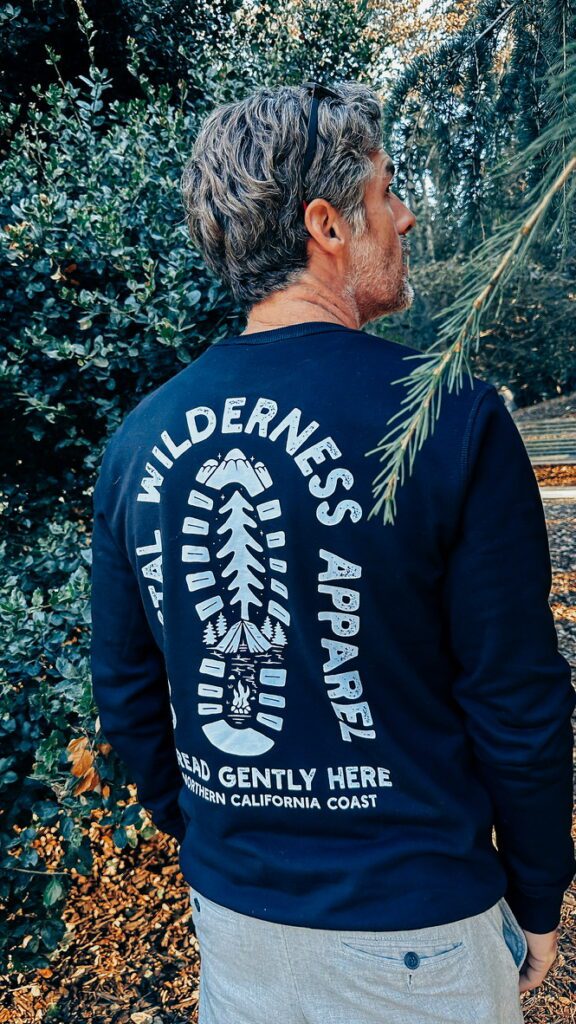Over the past couple of years, there has been a shift in the overall function of a website. Once they were purely sources of information at the press of a button. Then we went through the years of Flash dominance. We saw some nifty tricks but little in the way of helping the user. Now, we’ve seen the industry mature. We’ve moved past the age of animations for the sake of animations and have brought the user and content back into the light.
However, something else has evolved from this maturity. Companies have started to use their sites as a way to tell a story. This is nothing new. Humans have been using whatever medium we can since the dawn of time to tell stories. We started with ancient cave drawings and have moved all the way through to the web. In my last blog, I discussed this new immersive design experience and I believe this evolution of design is helping to enhance our storytelling abilities.
Through these stories, we are learning how to present content in an accessible way but also in an engaging way. We are pulling users in. Allowing them to connect with our brands and products. One of the most talked about companies who excel at this is MailChimp. Their recent redesign of the site and app has taken their brand persona and connections to their clients to a new level. By not just simply showing new features and tutorials, they are putting the information into a contextual first-person view. It helps the audience visualize their own use the app in their own lives. Any great storyteller tries to transcend their readers into the story. This is not an easy task. It becomes increasingly difficult on the web just by the nature of the medium.
There are so many additional distractions and uncontrollable variables that you have to consider for telling a great product story on the web. They include, but certainly not limited to, mood, surroundings and the device been used to view your content. Now there are quick methods that designers have been using for years to rectify some of these variables. For example, you can influence a users mood by presenting a site that has a friendly and warm colour scheme. This subtle approach helps to change the way the brain is thinking in the same way that you can help but to smile when you see cute pictures of puppies or kittens.
You can also help convert a users mood through the word choices and phrasing that you present on your site. Writers do this by creating intense moments near the climax of their novels. When an intense moment is coming, the writer changes the pace of their writing to bring in that layer of intensity to the story. MailChimp has been working this technique to their advantage for years. In fact, it’s been clearly documented on their voice and tone site.
Determining device usage can heavily influence how a user consumes your story. We need to always keep this at the front of our minds. This may mean you have to adjust your story to fit unique situations like reading about your product on an iPhone as they rush to catch the bus. Or how that is different from them looking at the same information while lying on the couch with the same device. These situations are extremely different but should still provide the user with an enticing story. Organizing your content and having a strong strategy in place will help you fill in the gaps to how to deal with each of these situations.
I want to say that MailChimp isn’t the only site that is clearly pulling their users in through the use of storytelling techniques. Squarespace recently updated their site as well. They are using first-person video story telling methods to draw you in and grow that connection. Through their research, they were able to see a trend of what their users look like. Since they started they’ve been collecting data on these participates and their lives. They were able to make conclusions that their users were similar to or exactly like one of the seven categories in how they would use their service. In the initial moments of visiting the site, you aren’t faced with graphs and interfaces like you would in the webs younger days. Instead you are presented with potential outcomes and subtle messaging that you can relate to.
I think if you are starting a company or you are looking to increase your conversion rates with potential users visiting your site, you need to grab them and tell them your story. Every product or company has one. You need to find out what yours is and how does it relate to the lives of your users. We are always searching for the best way to increase time spent and conversion rates as measurable information to determine a sites success. We spend hours moving components around a screen to increase this conversion. I’m not saying this isn’t still important but we should offer our users just a bit more.
Connect with your users and their situations. Show how our products and information can fit into their lives. Let them discover that by using your products, there will be a small benefit in their lives whether you have a joke app that brings someone a juggle on a bad day or you help them eat healthier meals with their families by helping them organize recipes that truly fit their schedules.
So what is your product story?

